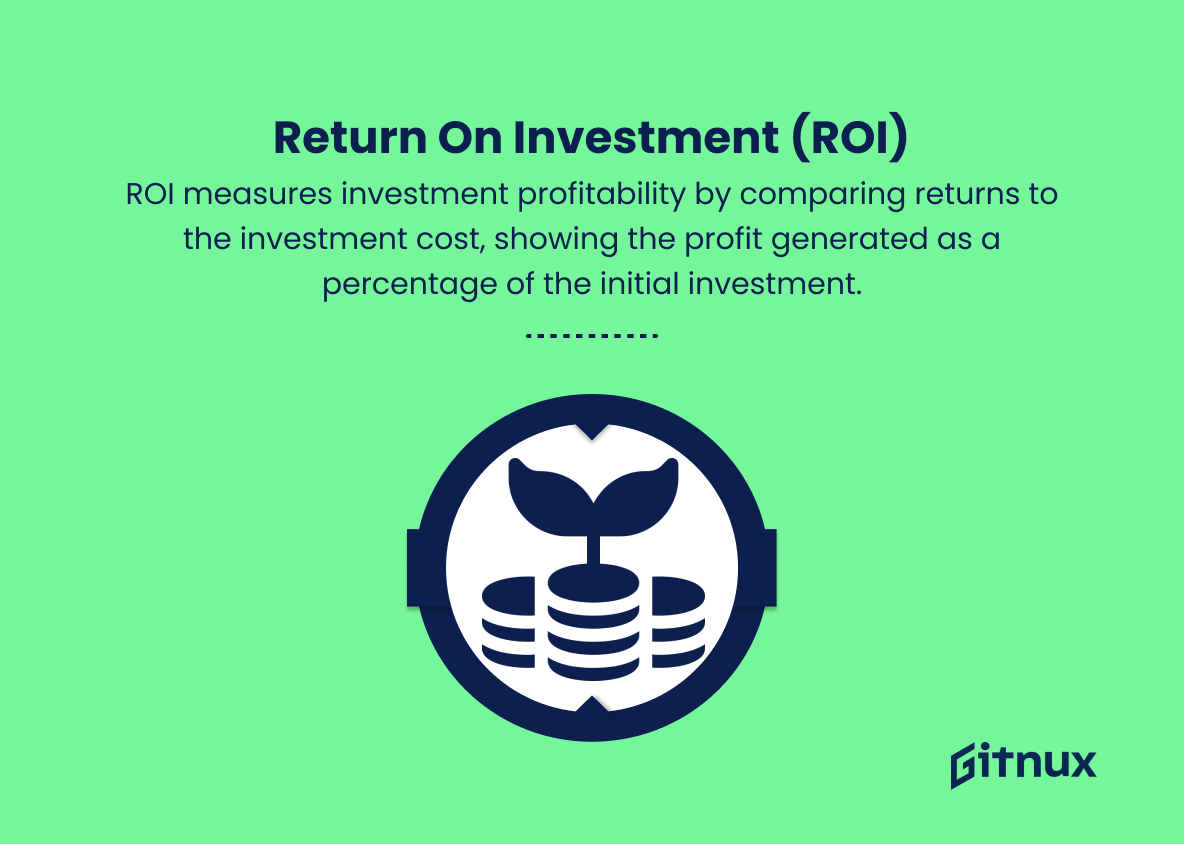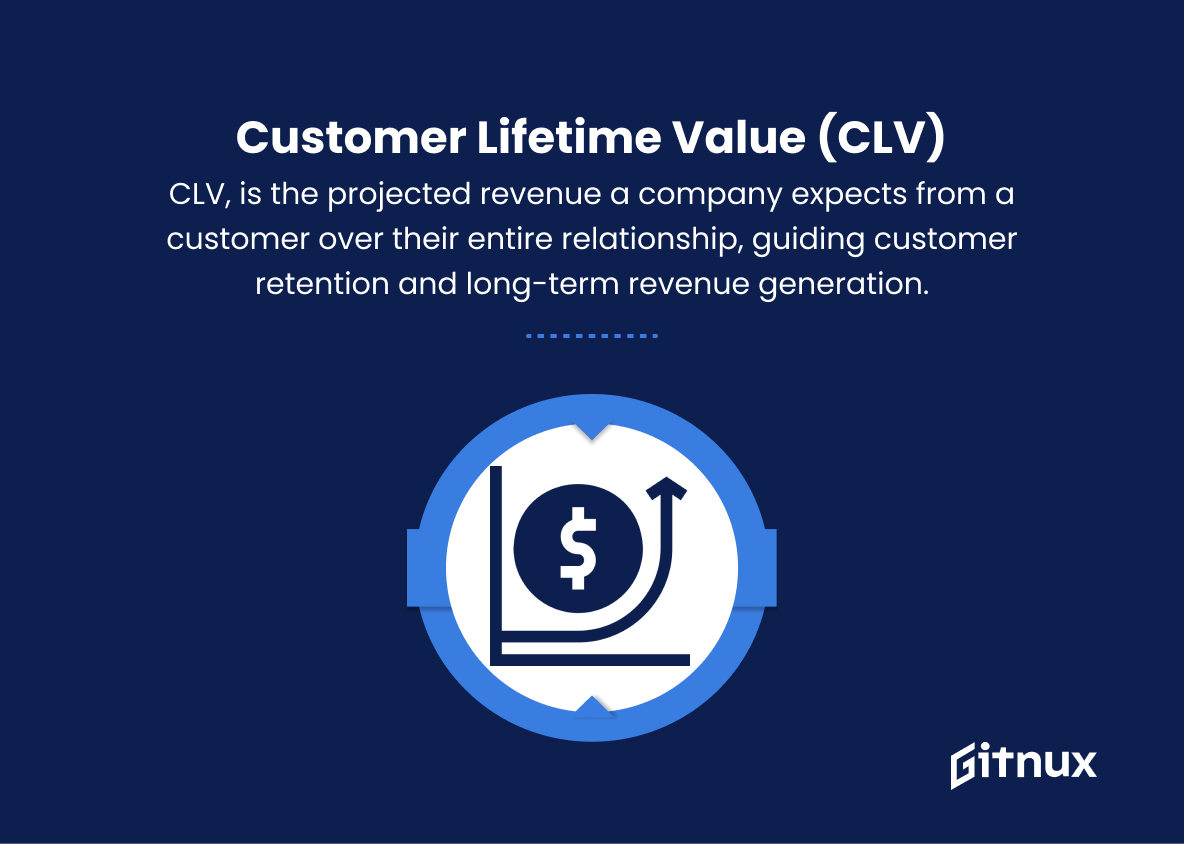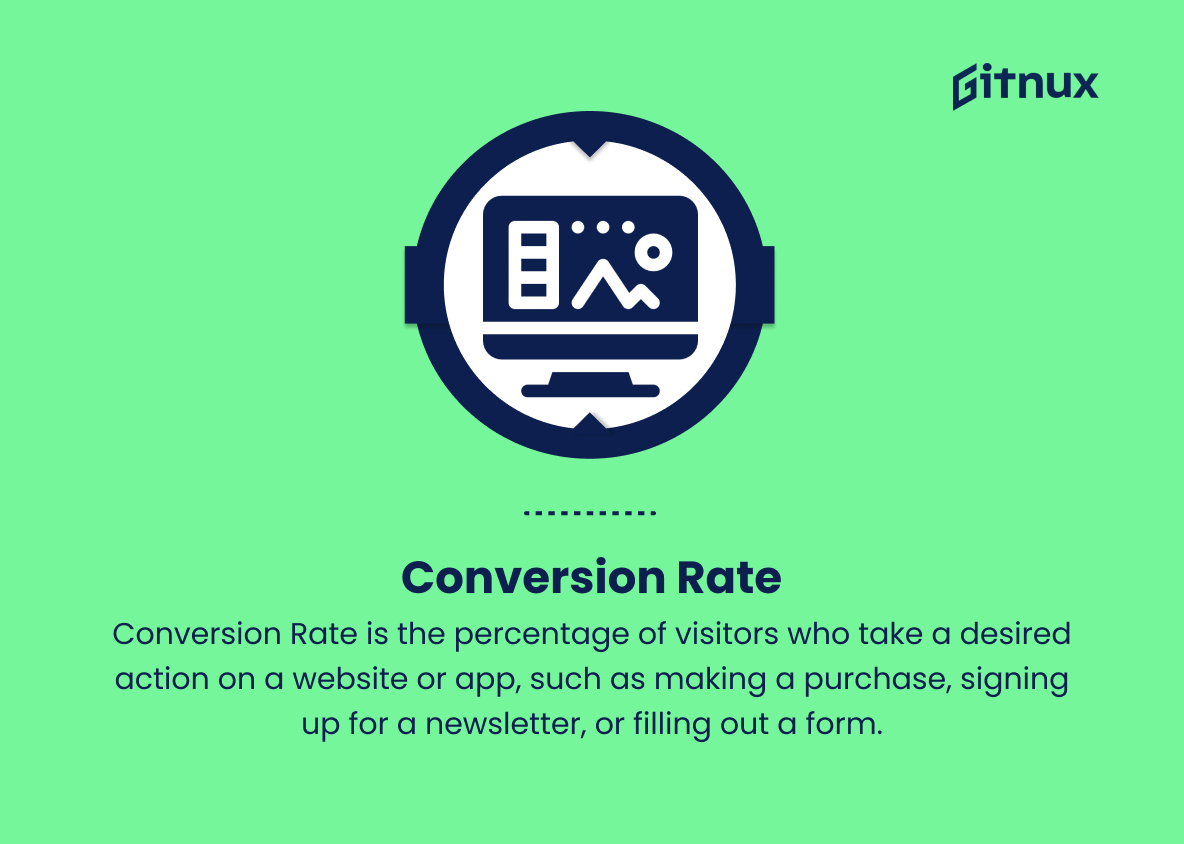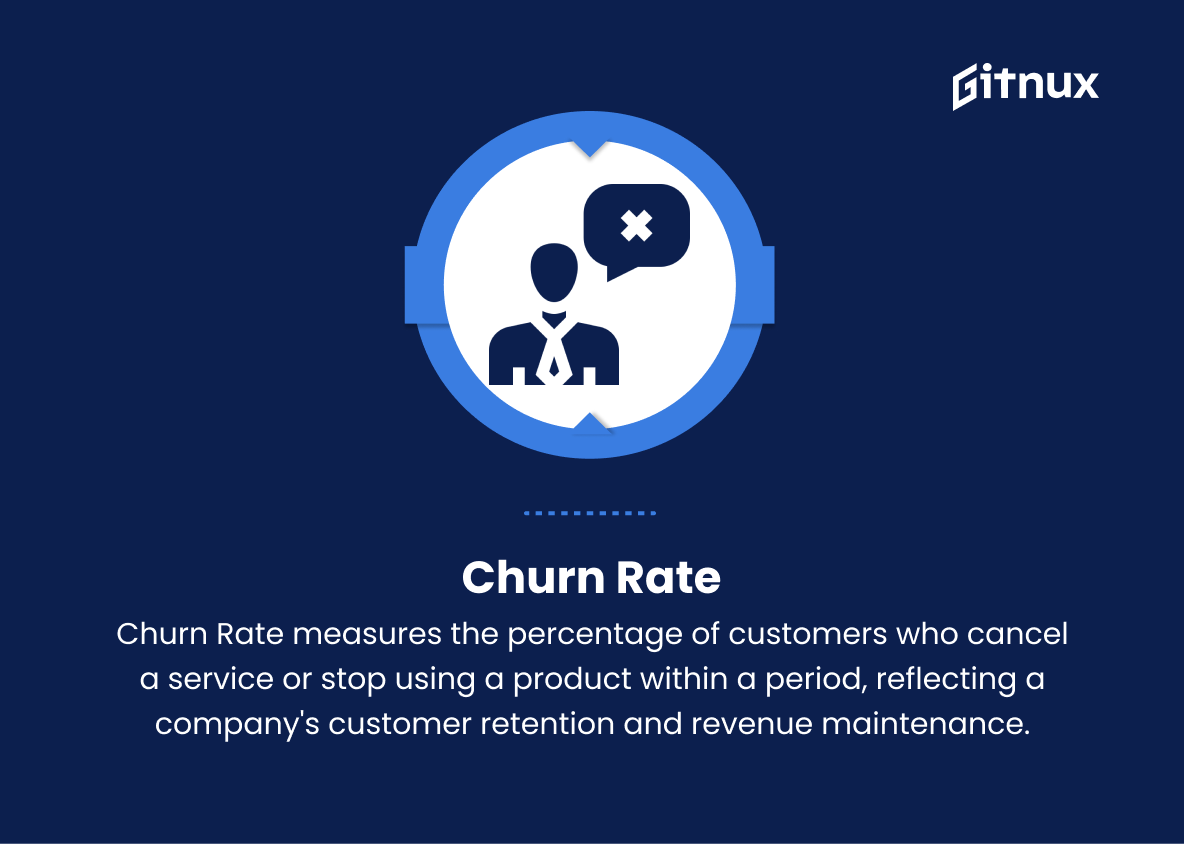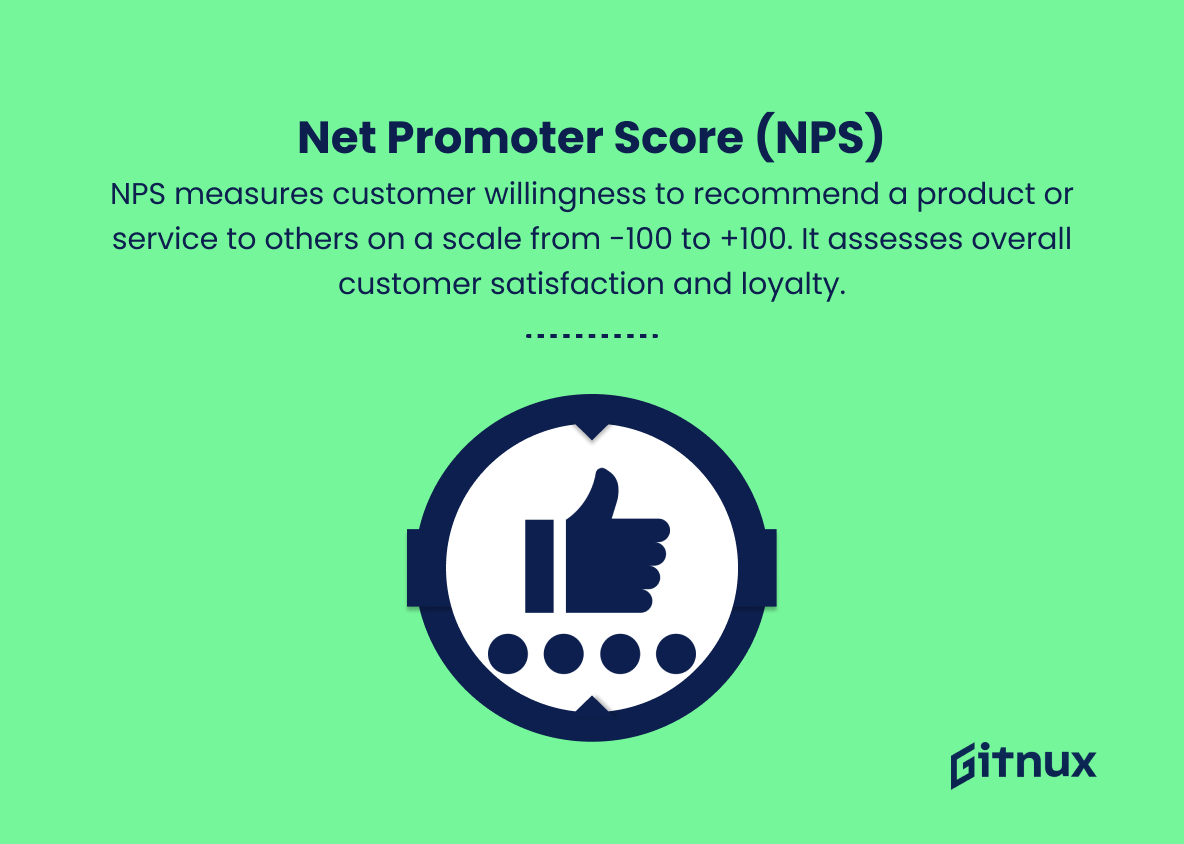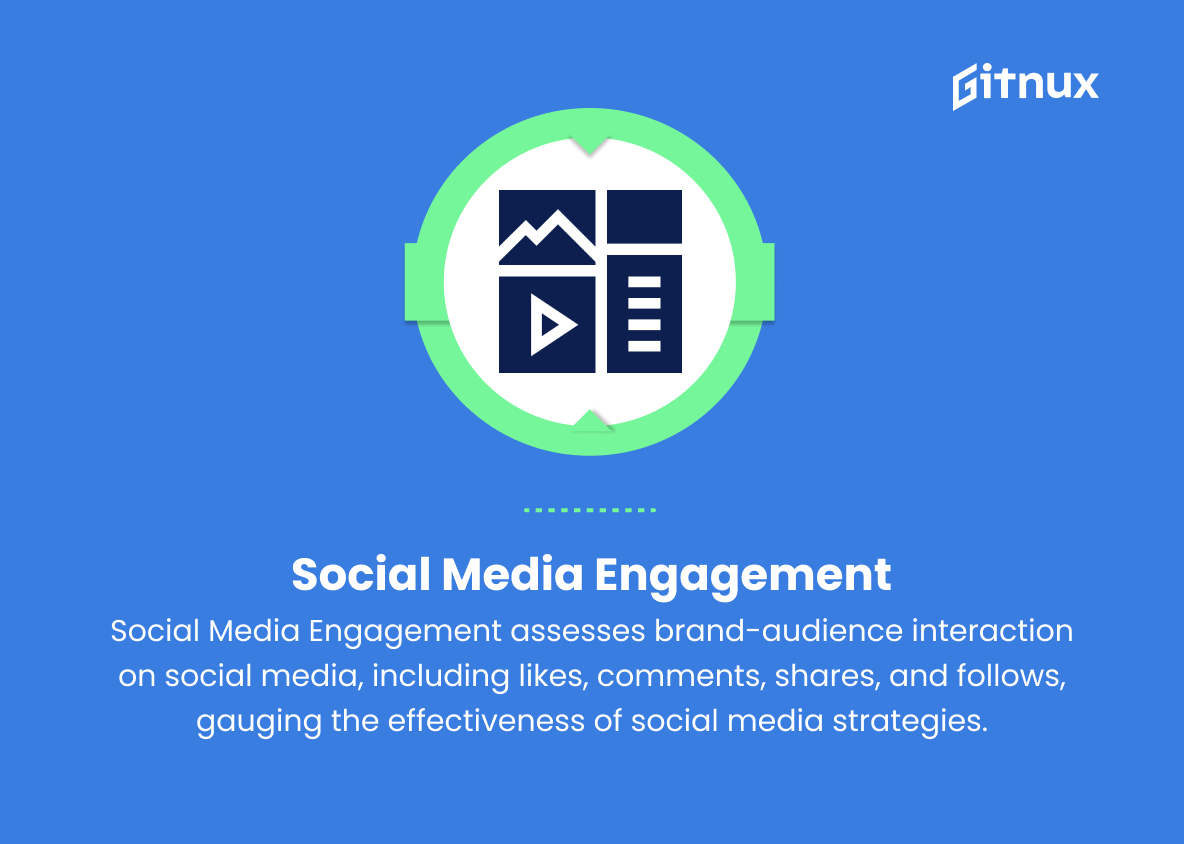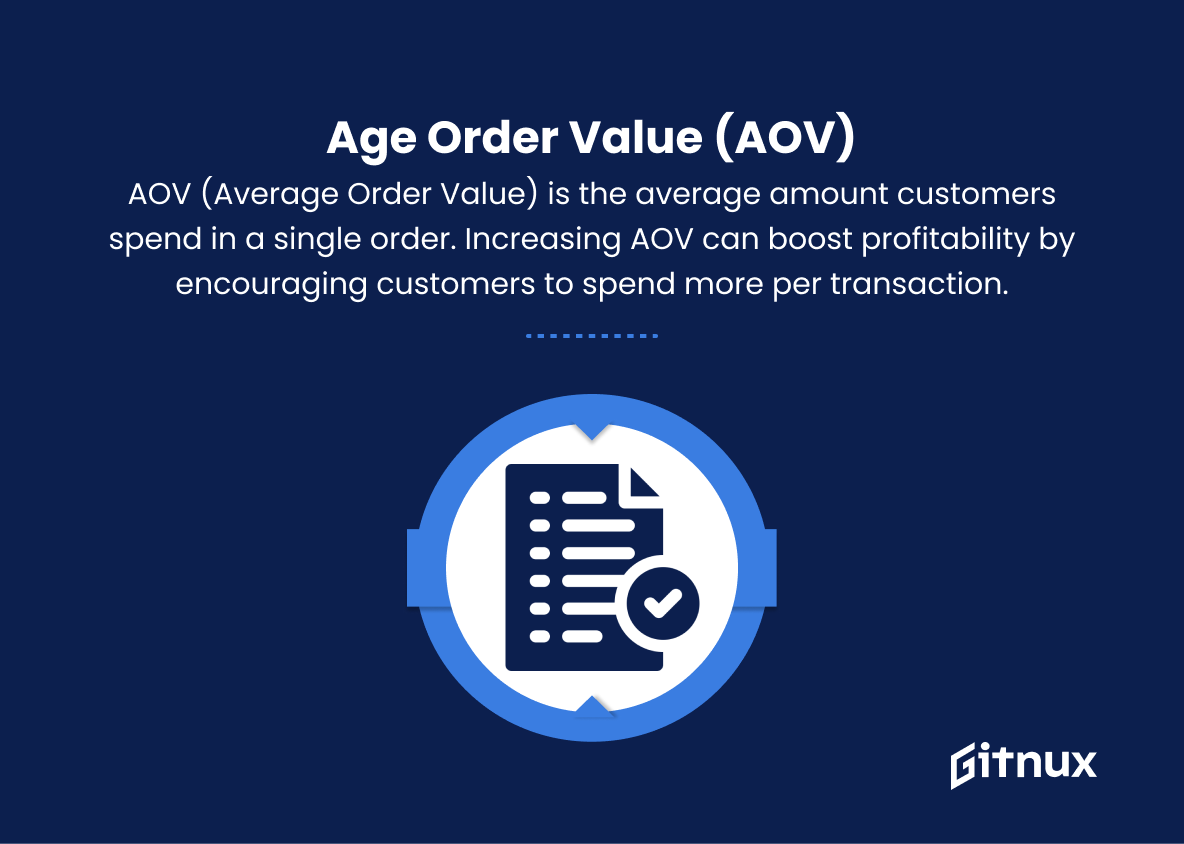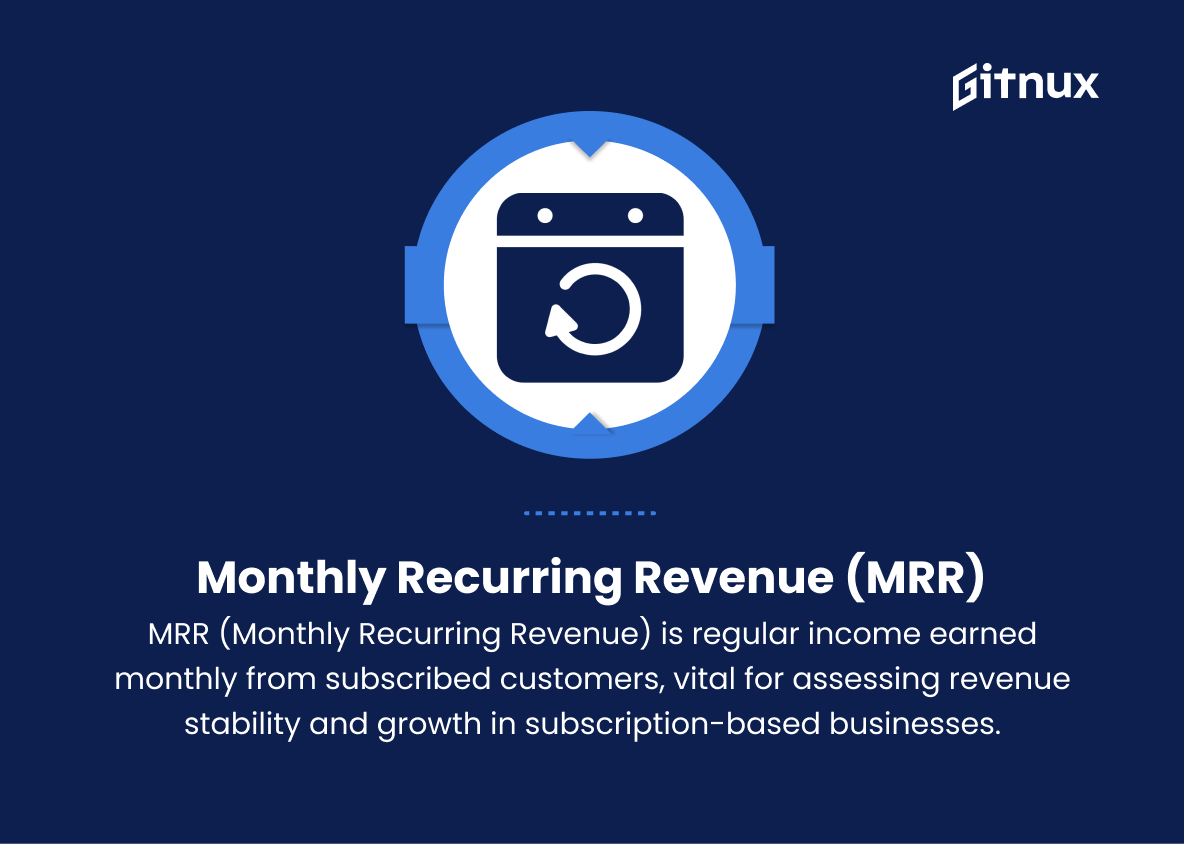In today’s data-driven world, accurately measuring the success of any business endeavor, marketing campaign, or project is essential for continuous improvement and growth. The term “success metrics” has rapidly gained attention as organizations strive to understand the true impact of their efforts and identify the key performance indicators that drive their objectives.
This blog post will delve into the concept of success metrics, exploring their importance, the strategies for selecting the most relevant indicators, and providing a clear guide to help you effortlessly integrate these measurements into your daily operations for sustained success.
Success Metrics You Should Know
1. Key Performance Indicator (KPI)
Key Performance Indicators are quantifiable measurements that show the progress of a company in achieving its strategic objectives. They help to measure the success of a business by comparing its actual performance against predefined targets.
2. Return on Investment (ROI)
ROI measures the profitability of an investment by comparing the returns relative to the cost of the investment. It indicates how much profit is generated from an investment, expressed as a percentage of the initial investment.
3. Customer Acquisition Cost (CAC)
CAC is the average expense required to acquire a new customer. It is calculated by dividing the total marketing and sales costs by the number of new customers during a specific period.
4. Customer Lifetime Value (CLV)
CLV is the projected revenue a company can expect from a customer throughout their entire relationship. It helps businesses focus on retaining customers and facilitating long-term revenue generation.
5. Conversion Rate
Conversion Rate is the percentage of visitors who take a desired action on a website or app, such as making a purchase, signing up for a newsletter, or filling out a form.
6. Retention Rate
Retention Rate is the percentage of customers who continue to use a product or service over a given period. High retention rates indicate customer satisfaction and loyalty.
7. Churn Rate
Churn Rate measures the percentage of customers who cancel a service or stop using a product within a given period. It indicates how well a company can retain customers and maintain revenue streams.
8. Net Promoter Score (NPS)
NPS is an index that measures the willingness of customers to recommend your product or service to others. It ranges from -100 to +100 and is used to gauge overall customer satisfaction and loyalty.
9. Social Media Engagement
Social Media Engagement measures the interaction between a brand and its audience on social media platforms, such as likes, comments, shares, and follows. It helps businesses gauge the effectiveness of their social media marketing strategies.
10. Average Order Value (AOV)
AOV is the average amount customers spend on a single order. Increasing AOV can help businesses enhance their profitability by encouraging customers to spend more on each transaction.
11. Gross Profit Margin
Gross Profit Margin is the ratio of gross profit to total revenue, expressed as a percentage. It measures how effectively a company generates profit from direct sales before accounting for operating expenses.
12. Bounce Rate
Bounce Rate measures the percentage of visitors who leave a website after viewing only one page. It helps businesses assess the effectiveness of their website in capturing and retaining visitor attention.
13. Monthly Recurring Revenue (MRR)
MRR is the predictable income earned by a company from its subscribed customers on a monthly basis. It is a crucial metric for subscription-based businesses to help understand revenue stability and growth potential.
14. Revenue Growth Rate
Revenue Growth Rate measures the increase or decrease in a company’s revenue compared to the previous period. It helps assess the effectiveness of a company’s marketing, sales, and growth strategies in generating revenue.
15. Customer Satisfaction (CSAT) Score
CSAT Score measures a customer’s satisfaction with a product or service. It is often calculated using surveys or feedback forms and provides insights into customer preferences, expectations, and areas of improvement.
Success Metrics Explained
Success Metrics are essential tools that help businesses track their performance and progress toward their strategic goals. Key Performance Indicators (KPIs) measure the effectiveness of a company in achieving its objectives, while Return on Investment (ROI) assesses the profitability of a particular investment. Customer Acquisition Cost (CAC) and Customer Lifetime Value (CLV) enable businesses to make informed decisions about their marketing and customer retention strategies.
Conversion Rate, Retention Rate, and Churn Rate all provide valuable insights into how well a company can engage, retain, and satisfy its customers. Net Promoter Score (NPS) allows businesses to gauge overall customer satisfaction and loyalty, while Social Media Engagement helps evaluate the success of social media marketing efforts. Average Order Value (AOV), Gross Profit Margin, Bounce Rate, Monthly Recurring Revenue (MRR), Revenue Growth Rate, and Customer Satisfaction (CSAT) Score are also essential metrics that offer a comprehensive view of a company’s financial health and overall performance.
By closely monitoring these Success Metrics, businesses can make data-driven decisions, optimize their strategies, and ultimately, achieve growth and success.
Conclusion
In the final analysis, success metrics are the lifeblood of any organization or individual striving for growth and improvement. By identifying and tracking the right metrics, businesses and individuals can optimize their strategies, make informed decisions, and ultimately achieve their goals. Prioritizing a data-driven approach ensures that each step taken is backed by evidence and focused on tangible results.
In closing, the pursuit of success is a continuous journey that demands regular analysis and modification – and it is through the diligent implementation of success metrics that one can ensure progress and realize their fullest potential.

